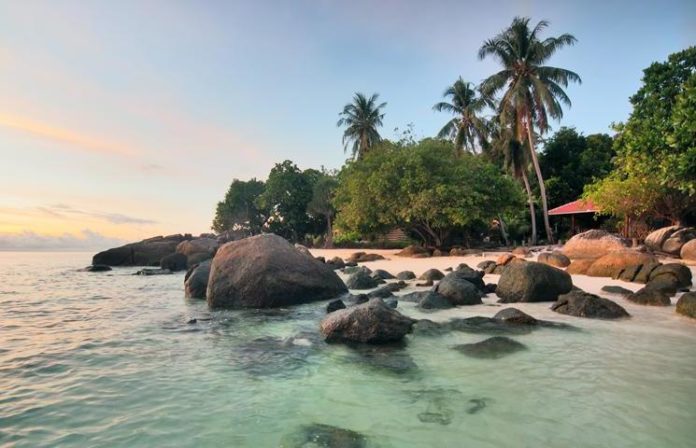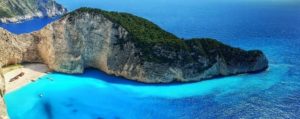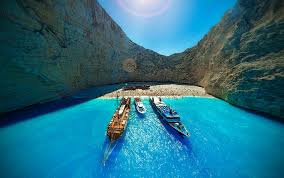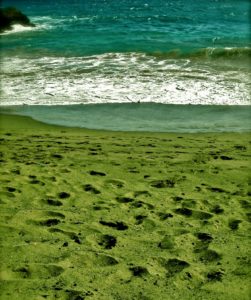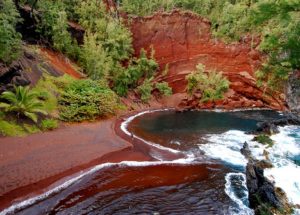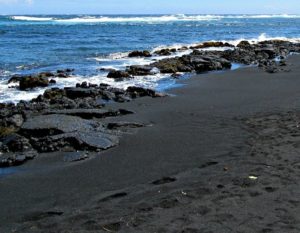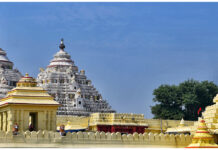Beaches are one of the most beautiful creation of nature. Mostly they are bright, vibrant, having seemingly crystal-clear water however not all beaches are of same color. Some are blue, some are green and few of them even have rusty brown kinda sorta blue. Why do beaches have different color of water? When water is transparent how do beaches acquire their color? Is it because of the blue sky?
Beaches having blue color
Most of the world’s oceans, are blue in color. When white light from the sun enters the ocean, it is mostly the blue that gets returned. Same reason the sky is blue. In water, absorption is strong in the red and weak in the blue, thus red light is absorbed quickly in the ocean leaving blue. Almost all sunlight that enters the ocean is absorbed, except very close to the coast. The red, yellow, and green wavelengths of sunlight are absorbed by water molecules in the ocean. When sunlight hits the ocean, some of the light is reflected back directly but most of it penetrates the ocean surface and interacts with the water molecules that it encounters. The red, orange, yellow, and green wavelengths of light are absorbed so that the remaining light we see is composed of the shorter wavelength blues and violets. Navagio beach or Shipwrech beach is one of the example.
Beaches having green color
Light is absorbed in the ocean due to the presence of Chlorophyll, which phytoplankton use to produce carbon by photosynthesis. Due to this green pigment – chlorophyll – phytoplankton preferentially absorb the red and blue portions of the light spectrum (for photosynthesis) and reflect green light. So, the ocean over regions with high concentrations of phytoplankton will appear as certain shades, from blue-green to green, depending upon the type and density of the phytoplankton population there. The basic principle behind the remote sensing of ocean color from space is this: the more phytoplankton in the water, the greener it is the less phytoplankton, the bluer it is. Papakolea Beach & beaches of Guam are few of the beaches having green color.
Beaches having red or black color
Light is one of the factor that affects the color of a beach but there are other factors too that influence the color of water. One of the factor is sand. Beaches around the world have always been synonymous with white sand, but there are some beaches that are orange, red or black in color. The sand in these areas are rich in iron hence having rustic shades that is reflected in the water of those beaches as well.
Kaihalulu Beach is one of the example of a red color beach while beaches in Hawaii have shadowy black color due to the sand that was formed from the volcanic rock. When oxidation occurs on some Hawaiian black-colored beaches, the sand basically turns into a rusty, red color. Panalu’u Beach also known as Black sand beach is black due to the unusual black sand that was created by lava flowing into the ocean.

